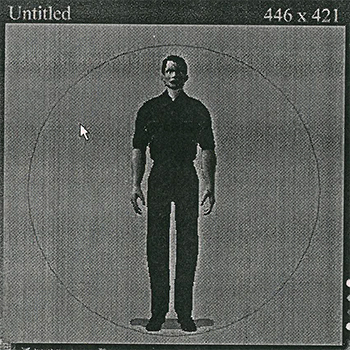Everyday things, being inanimate objects, are not expected to have psychology, a term normally associated with animate or living things. But Donald Norman’s book "The Design of Everyday Things" is based on this very idea of everyday things having a psychology; this idea came from the fact that people have definite notions about how things work and how they go wrong. Donald Norman describes the influencing factors in the usability of everyday things as the psychology arising out of the interaction involved in working on everyday things.
This interaction can be said to happen in an "interface layer" between the user and the thing. And it is at this interface layer that the attributes and dimensions influencing usability come into play. Similar can be said about the computers, as the interface in the form of the monitor is the major tool for interaction and getting the work done. The computer interface is not a static interface, as any other everyday thing or device may have. The computer interface is a dynamic one due to the range of tasks involved. So in order to understand the influencing factors in interface design, a clear understanding of the influencing factors in everyday things will help.
